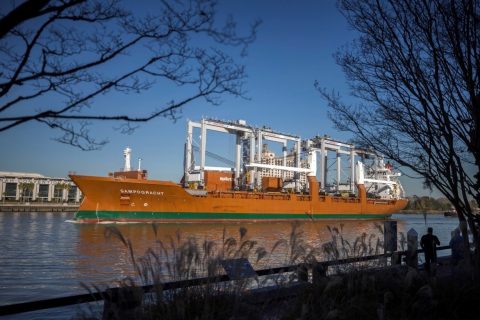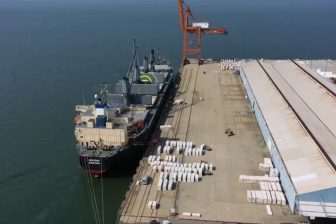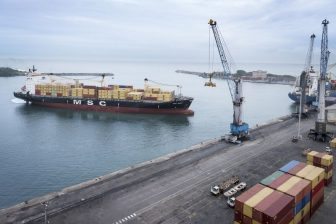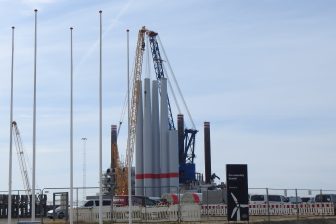
GPA orders nine Konecranes RTGs for Port of Savannah
A total of nine new electric Konecranes Rubber Tired Gantry (RTG) cranes are set to boost the handling capacity at the Port of Savannah in the US. The Georgia Ports Authority (GPA)-ordered RTGs will be delivered in the second half of 2022, expanding GPAs fleet to 210 Konecranes RTGs in operation.
This order is part of the largest current port expansion in North America. It will increase annual capacity at the Port of Savannah by 1.6 million twenty-foot equivalent container units (TEU).
Griff Lynch, executive director of the GPA, said, “In January of this year the Port of Savannah handled a record 479,700 TEU. The port has now set monthly records for the past 18 months. The expanded capacity provided by the new cranes will come right on time.”
Mario Van den Heuvel, director RTG, Konecranes Port Solutions, said, “The GPA was the first customer to order Konecranes RTGs back in 1994. We’ve been improving our RTG steadily over the years, working closely with the GPA and all our customers to satisfy demands for eco-efficiency and productivity. These new electric RTGs will help the GPA to drive the eco-efficiency of its container handling operations.”
The 9 Konecranes RTGs on order are supplied with cable reels for electric operation. They are high-performance, 16-wheel RTGs with a lifting capacity of 40 tons, a stacking height of 1-over-6, and a stacking width of 6 plus truck lane wide. They will be equipped with Konecranes’ Active Load Control system, which prevents container sway. The Auto-steering feature is included, which keeps the cranes on a pre-programmed, straight driving path.
This contract is part of Ecolifting, Konecranes’ vision to minimise the carbon footprint of equipment for container terminals. From eco-optimising diesel drives, to hybridisation and fully electrified fleets, we will continue to do more with less.



